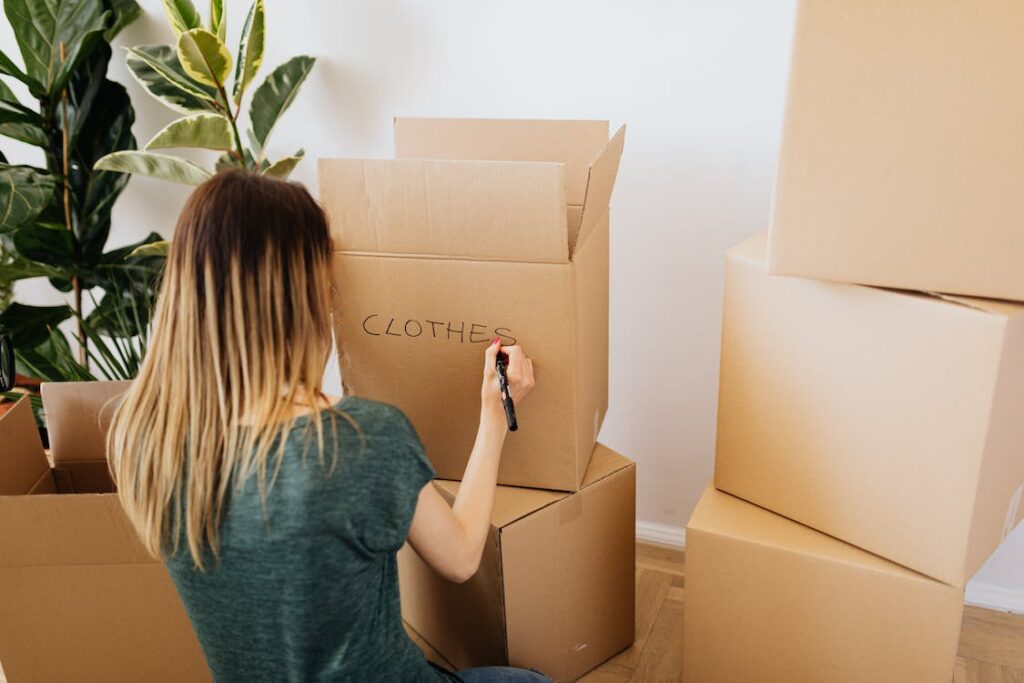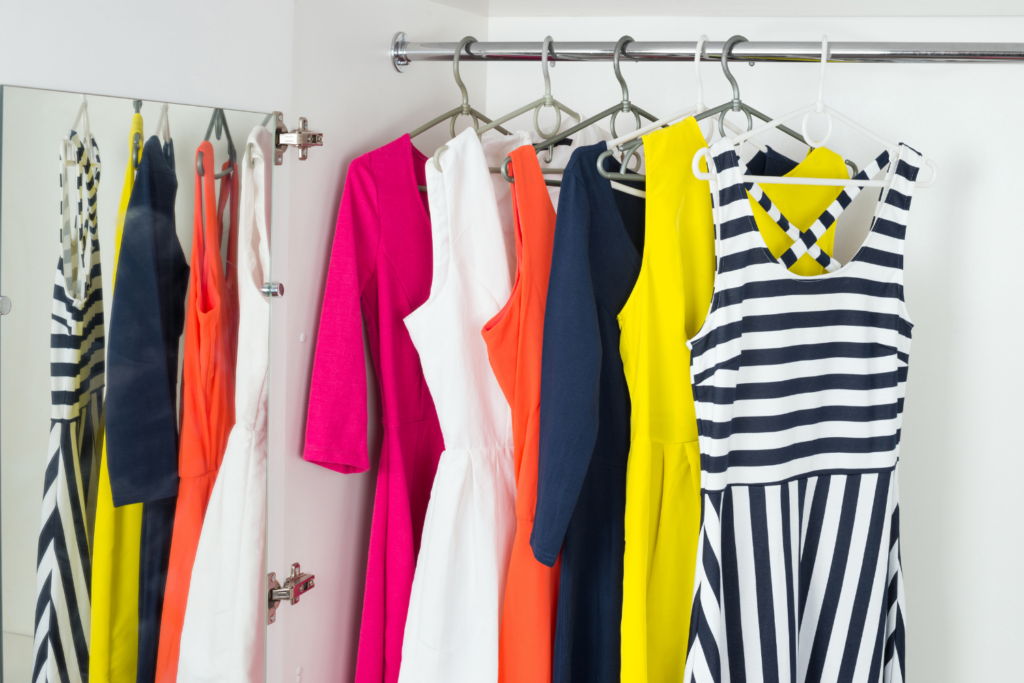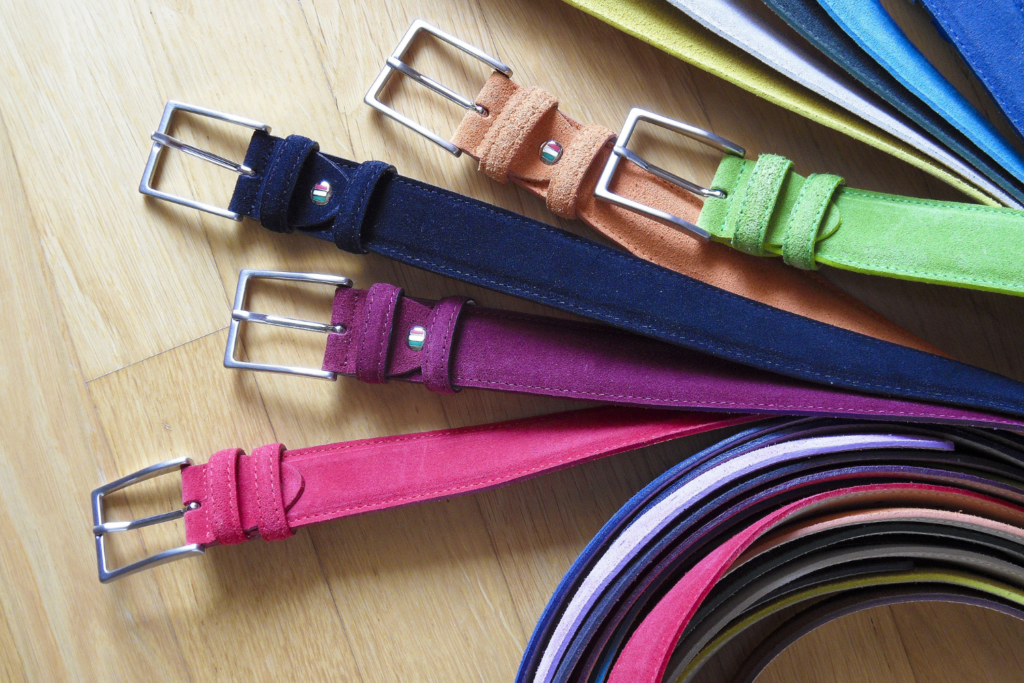Moving homes can be overwhelming, with numerous details demanding our attention. Among these, the importance of packing clothes cannot be overstated. Incorrectly packed wardrobes can lead to damaged garments, making an already challenging process even more daunting. This guide is designed to alleviate those concerns and ensure a seamless move. Delving deep into the intricacies of clothing care during transit, our Ultimate Guide to packing clothes for a seamless move will explore techniques, provide valuable insights, and present solutions to common challenges, guaranteeing that your clothes reach your new home in impeccable condition.
Contents
Why Special Attention to Clothes Matters
In the grand tapestry of relocating, it’s easy to overlook the nuanced art of clothing preservation. Yet, special attention to clothes is paramount. First and foremost, our wardrobes often house valuable garments – pieces with financial, sentimental, or professional significance. These treasures deserve safeguarding against potential damages in transit. Moreover, meticulous packing translates to easy unpacking. It’s not just about protection; it’s about efficiency on the other end of the journey. Lastly, by ensuring clothes are packed systematically, we minimize wardrobe disruptions. This means immediate access to essential items in our new space, facilitating a smoother transition and quicker settling-in.
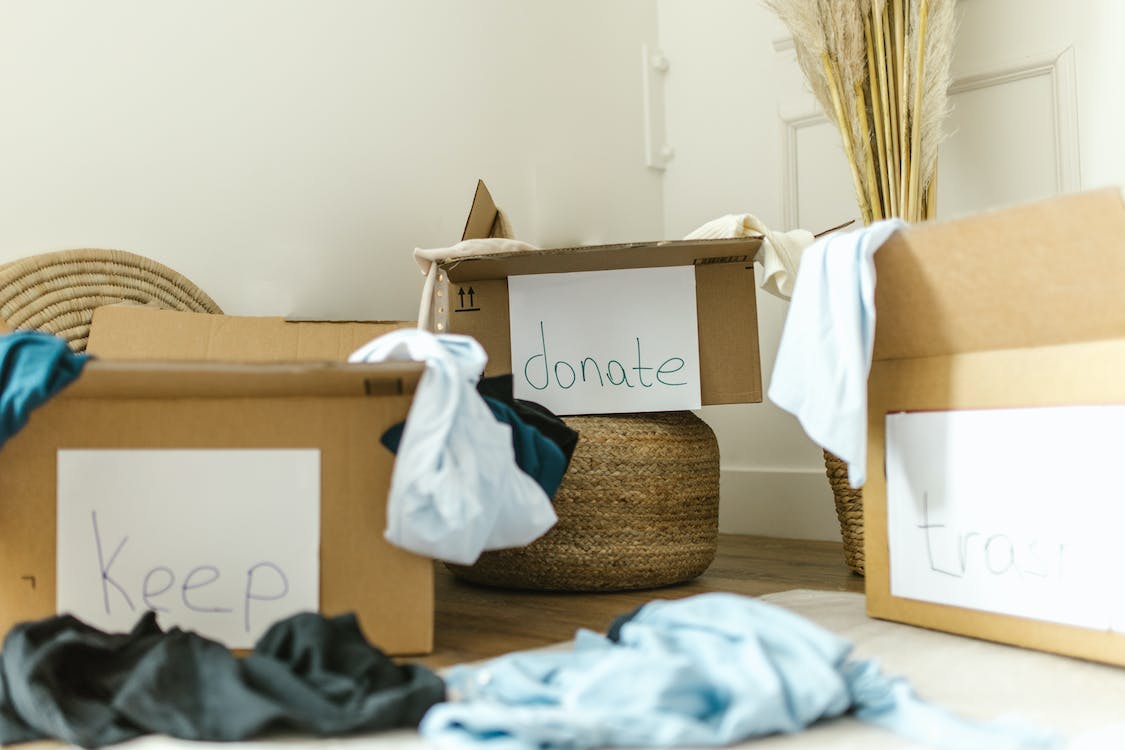
The Golden Rules of Packing
Mastering the fundamentals of packing clothes requires adherence to the golden rules:
- Cleanliness is key. Before stowing away your attire, it’s imperative to ensure they are freshly laundered. Not only does this maintain hygiene during the move, but it also prevents unpleasant odors from permeating your belongings.
- The “one-year” rule is a guiding principle. Items that have languished in your closet for over a year, seldom worn or out of style, should be considered for donation or disposal. This not only lightens your load but also streamlines your new wardrobe.
- Categorization is your secret weapon. Sorting your clothing into seasonal, occasional, and daily wear categories empowers you to make strategic packing decisions.
Adhering to these three golden rules sets the stage for a seamlessly organized and hassle-free moving experience.
Packing Clothes for a Seamless Move: Essential Supplies
Equipping yourself with the right packing supplies ensures your clothing’s safe passage to your new destination. Firstly, consider investing in wardrobe boxes for your hanging items. These specialized boxes preserve the shape and condition of your suits, dresses, and coats during the move. Clear plastic bins offer an additional advantage by providing visibility into the contents, making it easy to locate specific items without opening every container. For space optimization, vacuum-sealed bags are a game-changer. They compress bulky items like blankets and winter coats, freeing up valuable space in your moving truck. Lastly, don’t forget quality packing tape and markers – essential for sealing boxes securely and labeling them with room destinations. With these supplies in your arsenal, your clothing will be packed and transported with precision and care.
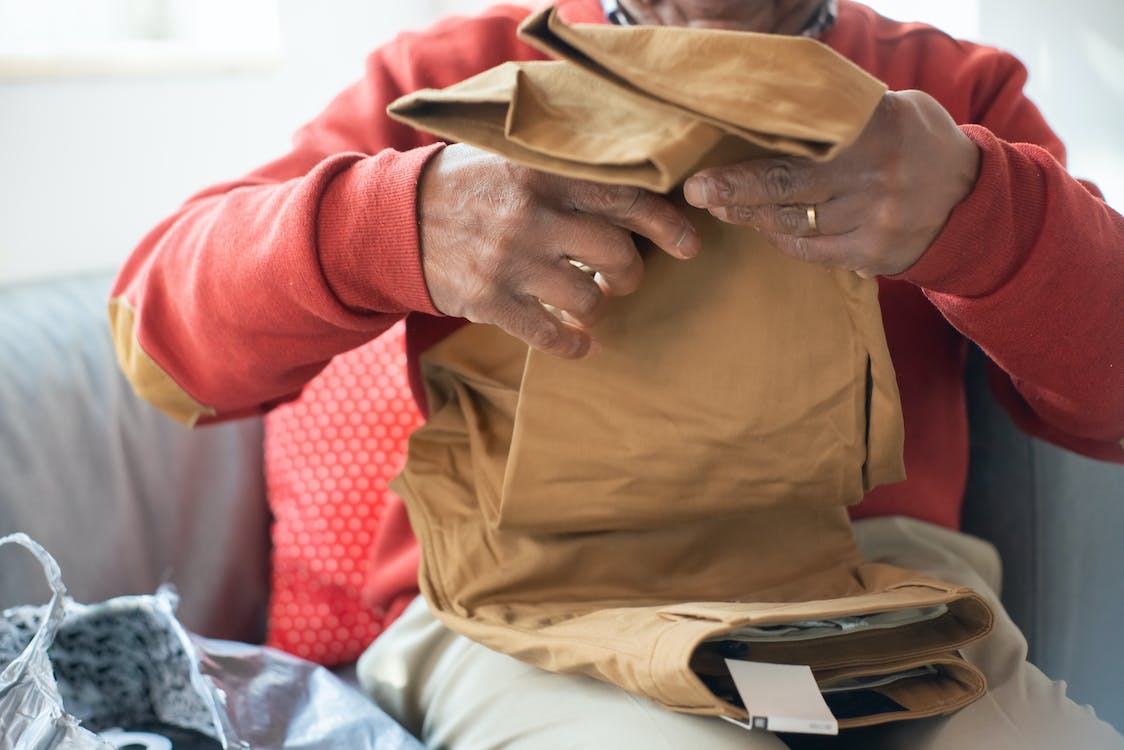
The Art of Folding: Maximizing Space
Mastery of folding is vital to packing clothes for a seamless move. Understanding basic folding techniques tailored to different clothing types is your ticket to maximizing limited space in your packing containers. Delicate fabrics like silk warrant a gentle fold, while sturdier items like jeans can be folded more robustly. Additionally, the strategic use of packing cubes can work wonders. These nifty organizers not only categorize your folded garments but also keep them neat and wrinkle-free.
Furthermore, it’s not just about folding; it’s about arranging. Position your folded items with foresight, placing frequently needed pieces on top for effortless access once you arrive at your new home. This trifecta of folding, utilizing packing cubes, and thoughtful arrangement ensures a streamlined and space-efficient packing process.
Handling Delicate & Valuable Items
Begin by wrapping delicate garments in soft tissue paper or bubble wrap, creating a protective cocoon against potential bumps and friction. For those especially precious pieces, consider their original boxes or hard cases, designed to offer an added layer of safeguarding. These original containers were crafted with the item’s protection in mind. It’s crucial, however, not to succumb to the temptation of over-packing or squeezing items into spaces that are too small. Such practices can lead to creases, tears, or damage to fragile materials. By heeding these precautions, you can ensure that your cherished clothing items arrive at your new destination in pristine condition, unmarred by the rigors of a move.

Shoes & Accessories: Not Just an Afterthought
Don’t underestimate the significance of tending to your shoes & accessories when preparing for a move. Ensuring your shoes remain matched is essential, and utilizing shoe bags or original boxes accomplishes just that. These protective covers prevent scuffs and separation during transit. To maintain the form of your footwear, slip socks or crumpled paper inside each shoe, effectively preventing them from losing their shape in the boxes. Beyond shoes, remember to include a plan for your accessories. Belts, hats, and jewelry can easily become tangled or damaged during a move if not thoughtfully managed. Organize belts by coiling them neatly, while hats benefit from being placed inside sturdy boxes or among softer items for cushioning. As for jewelry, using small containers or pouches within a larger box keeps them secure and untangled. By addressing these often-overlooked aspects, you ensure the completeness and condition of your personal style essentials at your new destination.
Streamlining the Unpacking Process
When it comes to storing your clothes after a move, efficient unpacking is key to maintaining your sanity. Start by labeling boxes with the room they belong to and a brief description of their contents. This will expedite unpacking by directing each box to its rightful place. For a smooth transition, prioritize daily essentials, such as your work attire or toiletries, and pack them in a separate “unpack first” box. This way, you won’t have to rummage through numerous boxes in search of immediate necessities. By adhering to these practices, you’ll organize your new wardrobe seamlessly and ensure a hassle-free unpacking experience that allows you to settle into your new space easily.
Mistakes to Avoid
Avoiding common mistakes is pivotal to a successful transition when embarking on a move. Here are some critical missteps to steer clear of:
- Overloading boxes is a recipe for disaster. It increases the risk of damage to both your clothes and other belongings, not to mention the physical strain during transport.
- Avoid the temptation to mix items from different rooms in a single box. This haphazard approach complicates unpacking and disrupts the organization of your new space.
- Lastly, don’t neglect the importance of a moving day essentials bag. Failing to prepare one can lead to frantic searches for daily necessities amidst the chaos of unpacking.
Conclusion
In closing, packing clothes for a seamless move hinges on meticulous preparation. By adhering to proven techniques and avoiding common pitfalls, you pave the way for a smooth transition. Now, we invite you to share your own packing experiences, fostering a community of movers who can learn and grow together.


